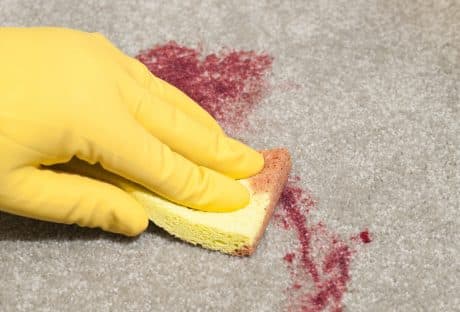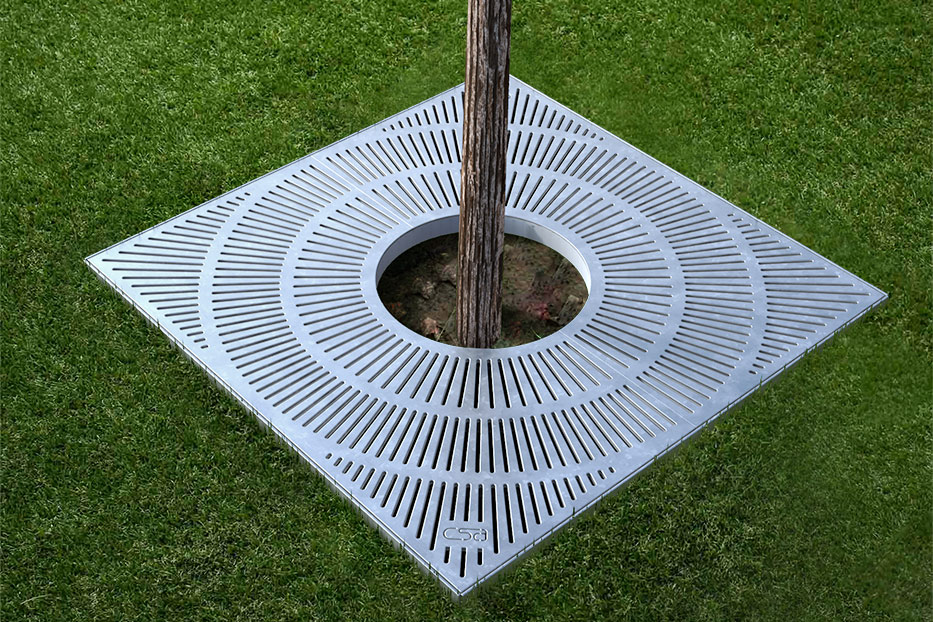Learning how to sew is one of the most amazing moments in life. Maybe you want to return some of the skills you lost early in life or you are learning the art of sewing for the first time in life. One challenge you could be having is how to choose the Best Sewing Machines for Beginners. The truth of the matter is that the market as a long list of machines that beginners can use. This can cause more confusion but an ideal machine will depend on what you wish to make. Maybe you want to whip up quilts or cushions. This article gives you the best recommendations from leading home sewers all over the world. These machines match the needs or beginners in the sewing industry.
10 Best Sewing Machines for Beginners:
1. Bernina B215 :
This is among the most affordable sewing machines from the Bernina brand. In fact, it is among the easiest computerized machines that you can find in the market. You simply have to press that is adjacent to your desired stitch and you are good to go. It has almost all the features of the machines that we are going to review in this article. However, this brand does not come with the start and stop button. You can also personalize it with vinyl ‘skins’ and you can do this on your own. With the LCD screen, you can view the snap-on presser foot you need to use. The additional accessories and machine feet can be quite expensive but it is worth the investment for any determined sewer.
2. Brother JK4000 :
This machine is normally marketed to individuals who possess intermediate sewing skills but I know of people who started by buying this fully computerized sewing model. In fact, it is one of the best sewing machines for beginners you can think about. The good thing with this sewing machine is that you will be able to grow with it. Therefore, you will not have to buy another sewing machine as your skills advance. It has a long list of features including the start and stops button and automatic foot release. This model really gives you the value for your money. You can easily use the LCD screen and dial to select stitches.
3. Brother Innovis NV15 Electronic :
This model can really change your mind whenever you are prompted to think about computerized devices. You may think that its features are confusing to beginners but you will discover that it has an intuitive interface upon trial. It has sixteen stitching options that include stretch stitches and you have a simple jog dial for selecting. The device has all the essential electronics like the start and stops button, needle threader, speed limiter, and the needle up and down control. Threading on this machine is east and it will even pull the bobbin thread up on your behalf.
4. Brother cs6000i :
This is a sixty-stitch sewing machine that is fully computerized. The model has the ability to satisfy both veterans and beginners alike. It is more valuable to buy this machine because it has more features in comparison to what other beginner devices that are in the same price range offer. Apart from the impressive 60-stitches, you will also find nine presser feet, LCD screen, quilting foot, and walking foot that is mostly found on more expensive devices. Its convenience and ease of use make it fall among the best sewing machines for beginners.
5. Janome DC3050 :
This is another computerized machine that is easy to understand. The good thing with this model is that you will not outgrow it quickly. It has a total of 47 pre-programmed stitches and 3 one-step buttonhole styles to select from. The machine is a genuine workhorse with its capacity to handle a broad range of fabrics with a lot of ease. It can even accommodate the slippery silks and thick coating that most basic machines can’t accommodate. Therefore, it is among the best sewing machines for quilting. The machine does not have several features like other sewing machines in this price range but it will give you real value for your money.
6. Singer 7258 :
This 100-stitch computerized sewing machine is ideal for beginners who have some experience and are looking for a machine that they can grow with. The easy to use features and advanced options in this machine blend quite well. This also includes
the six one-step buttonholes and ten presser feet. It is appropriate for any sewer who is gaining confidence and wishes to experiment with a more advanced machine.
7. Janome 7025 :
This sewing machine is quite similar to the Janome 525 that is used on The Great British Sewing Bee. However, this model is more affordable and ticks all the boxes. It has three dials for selecting the width, length, and type of the stitch. It has an automatic one-step buttonhole with an easy loading bobbin that has a clear cover. Janome 7025 sewing machine has more metallic parts in comparison to other brands and this makes it feel weightier for the price range. Any person who has done some form or sewing will find its set up to be quite easy.
8. Singer 4424 :
This is an extra-high-speed heavy duty sewing machine. The machine is tougher and speedier in comparison to the other sewing machines in the market. It can make 1100 stitches each minute due to its motor that is stronger than usual. The machine has 23 inbuilt stitches with a one-step buttonhole and four presser feet. Some of the features you will find on the Singer 4424 include dial controls, top-loading bobbin, needle threader, adjustable thread length, and a clear case for travel or storage. It’s the best option if you wish to work on thick or rugged fabrics like upholstery.
9. Singer 4411 Heavy Duty :
This sewing machine is specially designed to handle those heavy upholstery fabrics, vinyl, leather, and denim like a dream. It has smooth stitches and you can still use it for lightweight and delicate fabrics. One thing that may put off beginners is that this machine sews at some speed. Beginners may find it quite challenging to sink their teeth in some intricate projects. The ease of use and stitch quality will surely exceed your expectations. You can operate this machine for several days with no struggles at all.
10. John Lewis JL110 :
Are you on a budget and in the process of dipping the toe in the home sewing waters? This brand will offer the best service to you. It has 14 stitching options that can allow you to work on most of the projects. The machine also has a classic setup that allows you to saw at a fairly fast speed by just reading the manual. However, any person who wished to use stretch fabrics for sewing may lose control of the stitch width. The bobbin is also concealed behind a front door and you can really find it tricky to access it once you get a tangle. The beauty of it is that this machine is sturdy and you can find it in a broad range of colors. It is one of the best sewing machines for home use.
Summary :
With all this knowledge, you now have all it takes to pick the best sewing machines for beginners. The most important thing is to pick a gadget that can handle the kind of work you wish to undertake.
Read Also :






















